Camelback Canyon Estates
Camelback Canyon Estates is a neighborhood in Phoenix, AZ nestled in an ideal location between Camelback Mountain, Paradise Valley, and Arcadia.
The neighborhood, originally named Heritage Hills, was built in the early 1970s by Golden Heritage Homes. There are 107 homes, some of which are still occupied by their original owners. In 2005, the neighborhood changed its name to Camelback Canyon Estates.
Our community was built in two phases, Unit I and Unit II. The first phase includes the E Solano Dr. entrance off of 44th St. & the entrance to N 45th Pl. and about half the homes along Solano Dr. The second phase includes the entrance on N 47th St., which connects back to Solano Dr.
Between Units I and II is the Cudia City Wash, a large arroyo through which water runs after a heavy rain. There are also other, smaller washes in our community. The washes are part of our community’s 22 acres of common area — each home abuts a common area of some type. Our community owns and maintains all the washes and the common areas. We also own and maintain all of our streets and streetlights.
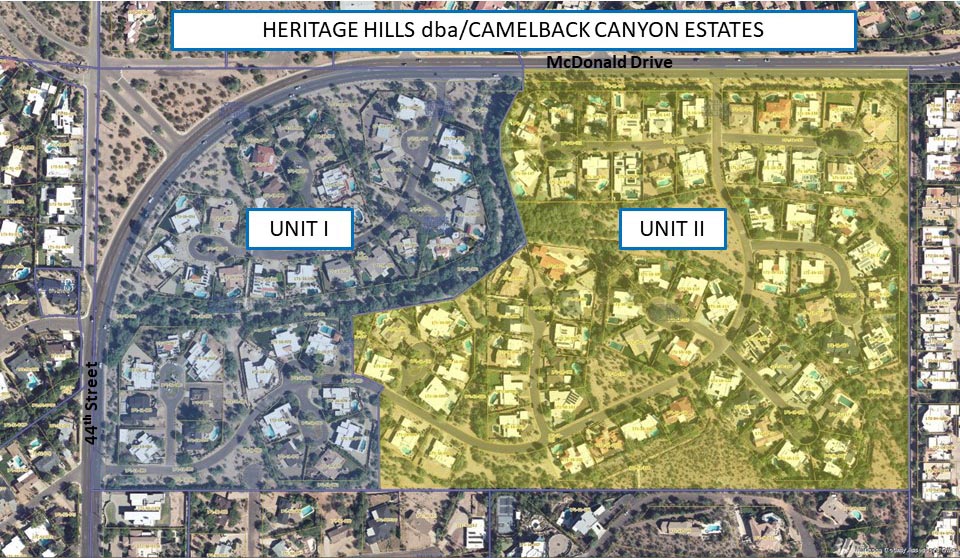
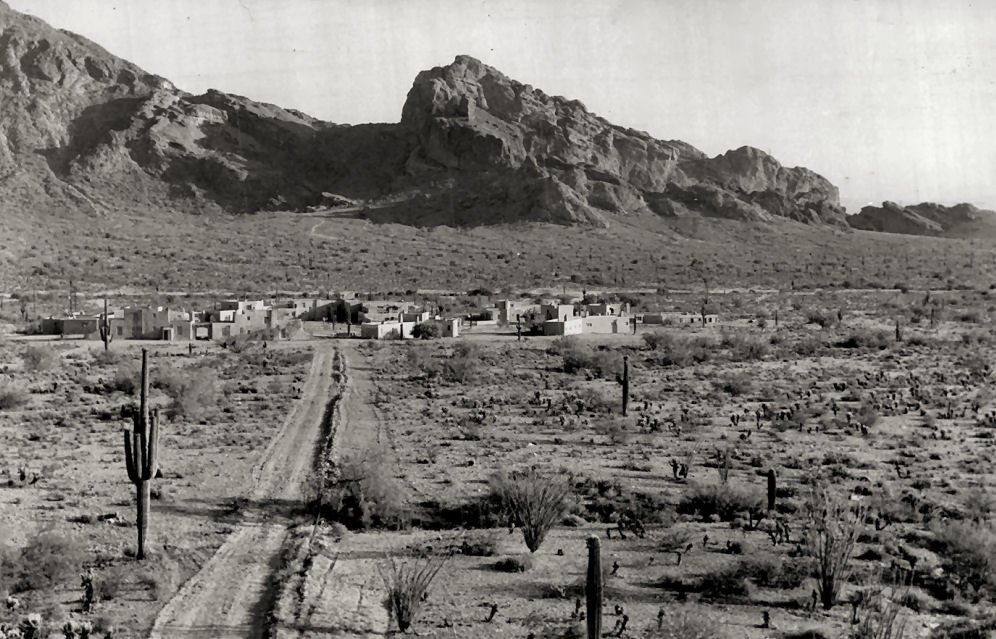
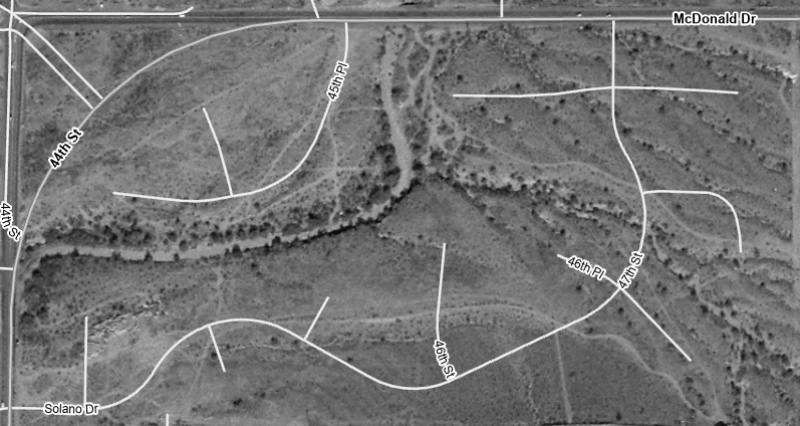
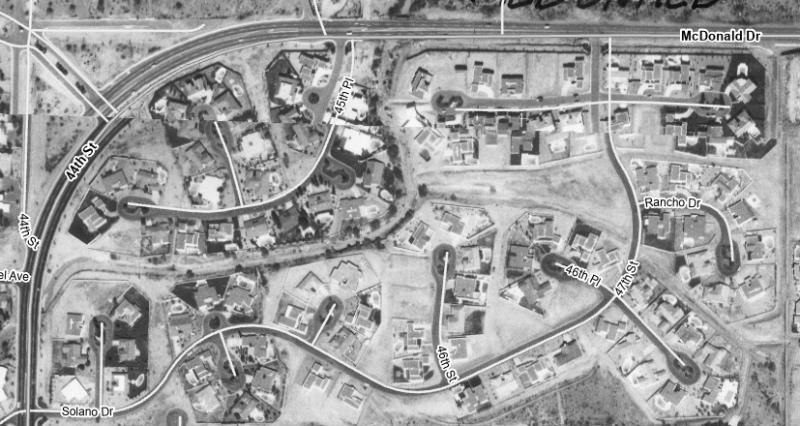
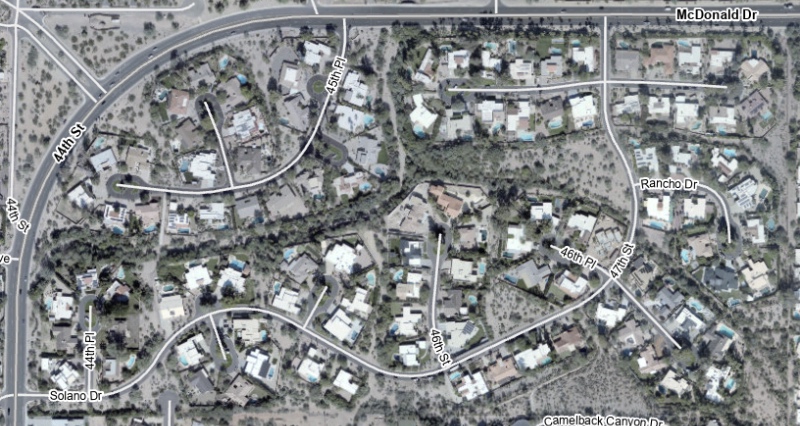
Cudia City
Cudia City Wash was named after Cudia City, which was in turn named after Salvatore Cudia who created the Valley of the Sun Studios in 1938 on the northeast corner of 40th Street and Camelback. Over time it was more commonly known as Cudia City. The one-block town included the requisite hotel, saloon, church and hitching posts. Plans called for filming dozens of western films and TV shows, but World War II put the brakes on that. Four movies were shot at Cudia City, including the “Red Ryder” films starring Wild Bill Elliott. The TV series “26 Men” about Arizona’s famed Rangers, an all-volunteer law enforcement group, was filmed at Cudia City. In addition, episodes of “The Rifleman,” “Gunsmoke,” “Have Gun – Will Travel,” and many more were also produced there, as were a number of feature films.
Outdoor filming became problematic when cars, planes and utility poles of the city’s growth reached the studios. Cudia City became a tourist attraction, restaurant and theater before it was torn down to make way for residential development. In 1960 Salvatore Cudia sold the property for development.
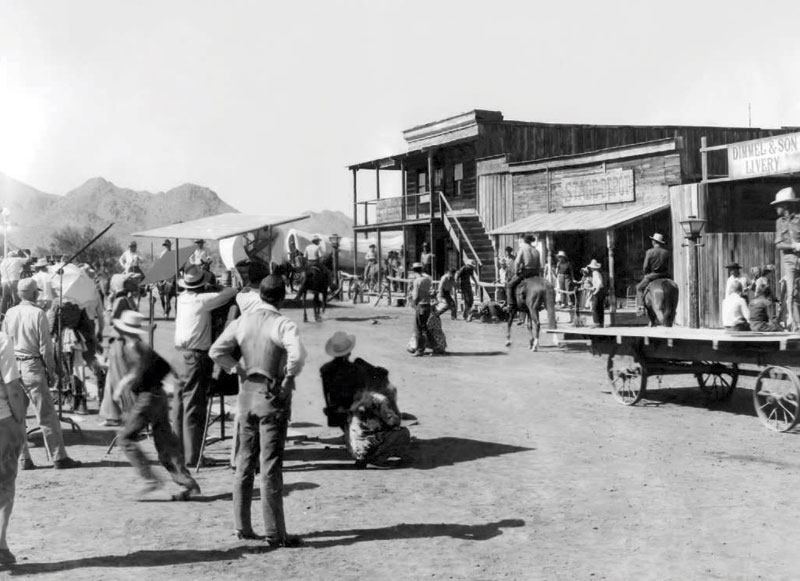
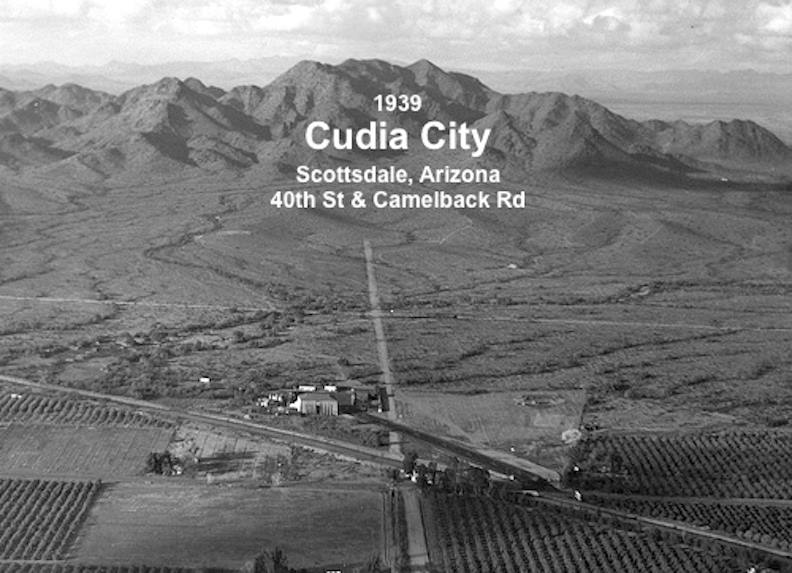
Cudia City 1939
Camelback Mountain
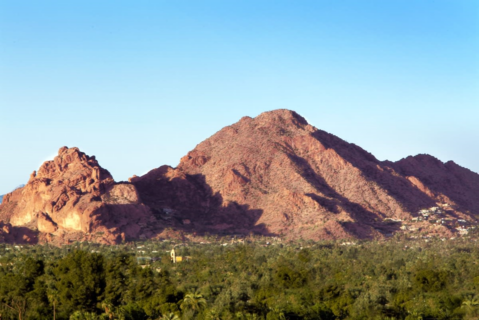
Camelback Mountain derives its name from the shape, which resembles the hump and head of a kneeling camel. The mountain is a popular recreation destination for hiking and rock climbing.
The mountain is composed of two separate rock formations. The higher part of the peak is granite (1.5 billion years old), and the head of the camel is predominantly red sedimentary sandstone (25 million years old).
A cave discovered on the north side of Camelback Mountain indicates that it was used as a sacred site by the prehistoric Hohokam culture before they abandoned the area in the 14th century.
The “Praying Monk” is a formation on the northwest side of the head section of Camelback Mountain. It is a notable Phoenix landmark.
Efforts to protect Camelback Mountain as a natural preserve began in the early 1910’s. However, by the 1960’s nearly all of the area had been sold to private interests. Senator Barry Goldwater took up the cause in 1965 and helped secure the higher elevations against development. The area became a Phoenix city park in 1968.
